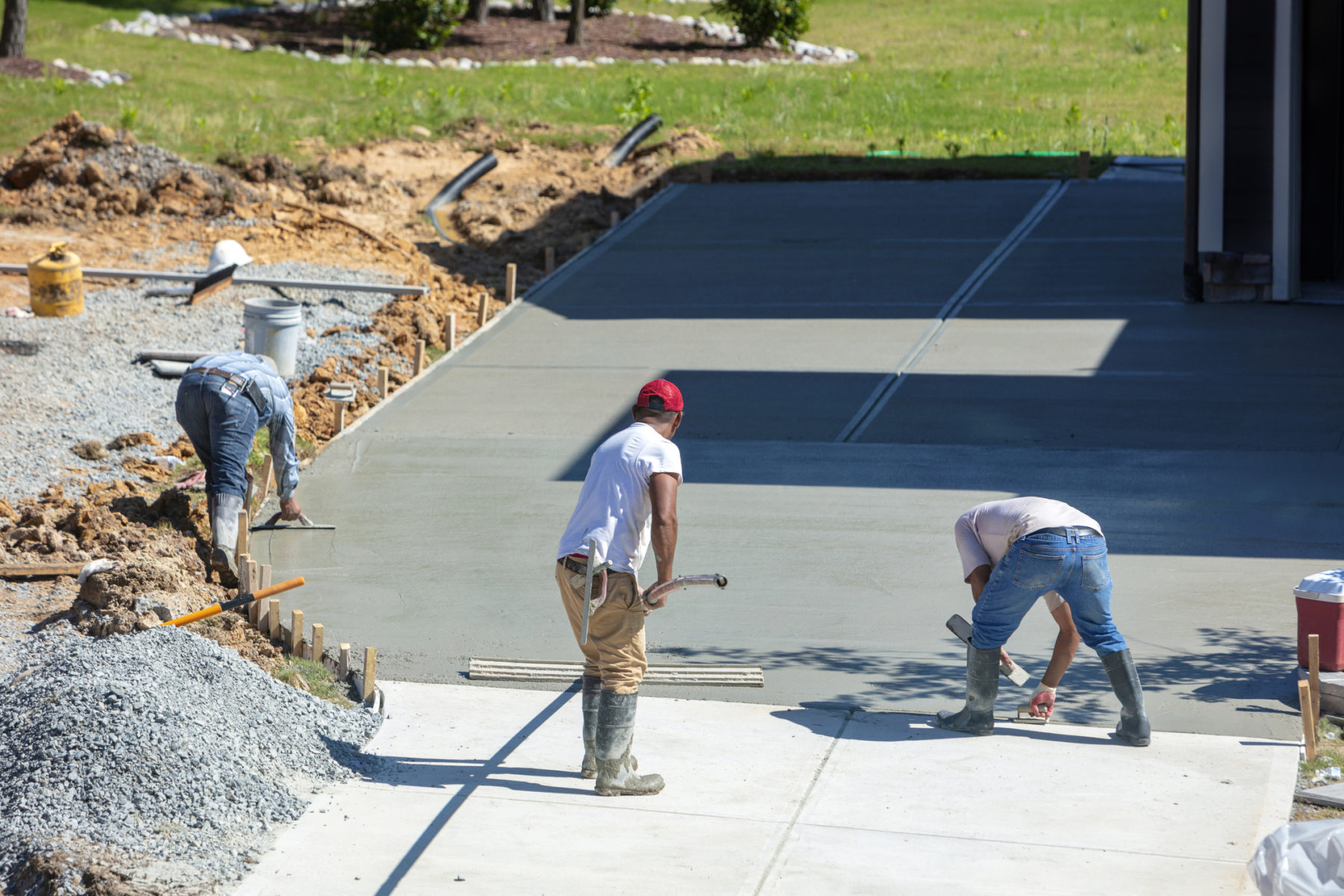The Role of Curing Time in Concrete Strength
March 15, 2023

With just a little bit of curiosity, you know how important concrete is in construction. It’s one of the most commonly used building materials, and its strength and durability are essential to the safety and longevity of any structure. However, did you know that the curing time of concrete plays a critical role in its strength? In this blog post, we’ll discuss what curing time is and how it affects concrete strength.
First things first, what is curing time? Curing time is the period during which concrete is allowed to harden and develop its full strength. The process of curing starts as soon as the concrete is poured and continues for several weeks or even months, depending on the specific mix and conditions.
During the curing process, the concrete undergoes a chemical reaction called hydration, where the cement particles react with water to form calcium silicate hydrate (C-S-H) and calcium hydroxide (CH). This reaction is what gives concrete its strength, and it’s crucial that it is allowed to happen fully to achieve maximum strength.
So how does curing time affect concrete strength? Well, the longer the concrete is allowed to cure, the stronger it will be. This is because the hydration process takes time to complete, and if the concrete is not given enough time to cure, it will not reach its full-strength potential.
In fact, research has shown that concrete strength can increase by up to 50% if it is cured for an additional seven days beyond the typical curing period. This increase in strength can be the difference between a structure that is safe and one that is not.
But curing time is not just about achieving maximum strength. It also affects other properties of concrete, such as its durability and resistance to wear and tear. Concrete that is not properly cured can be more susceptible to cracking and spalling, resulting in expensive repairs down the line.
So, what can contractors do to ensure that concrete is properly cured? The most important thing is to follow the recommended curing period for the specific mix of concrete being used. This can vary depending on factors such as the type of cement, the water-cement ratio, and the ambient temperature and humidity.
It’s also important to keep the concrete moist during the curing process. This can be done by covering the concrete with a damp cloth or plastic sheeting or by using a curing compound. Keeping the concrete moist helps to prevent it from drying out too quickly, which can inhibit the hydration process.
Obviously, curing time plays a critical role in concrete strength, and it’s important that anyone taking on a concrete project understand its significance. By following recommended curing periods and keeping concrete moist during the curing process, you can ensure that the concrete you use is strong, durable, and resistant to wear and tear. So next time you’re working with concrete, remember to give it the time it needs to cure properly. If you have questions, give HK Contractors a call, and we can make sure you’re prepared to do things right. Better yet, request a quote, and we’ll do it for you! You and your structures will be better for it!

